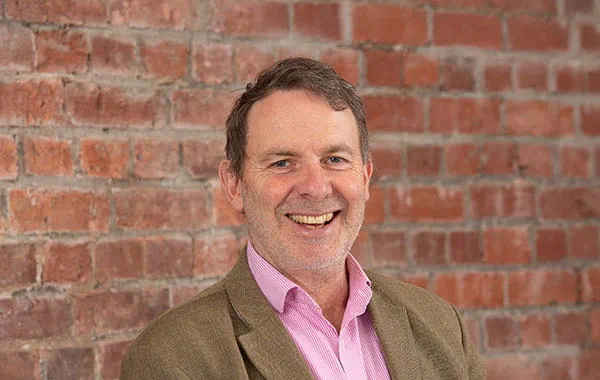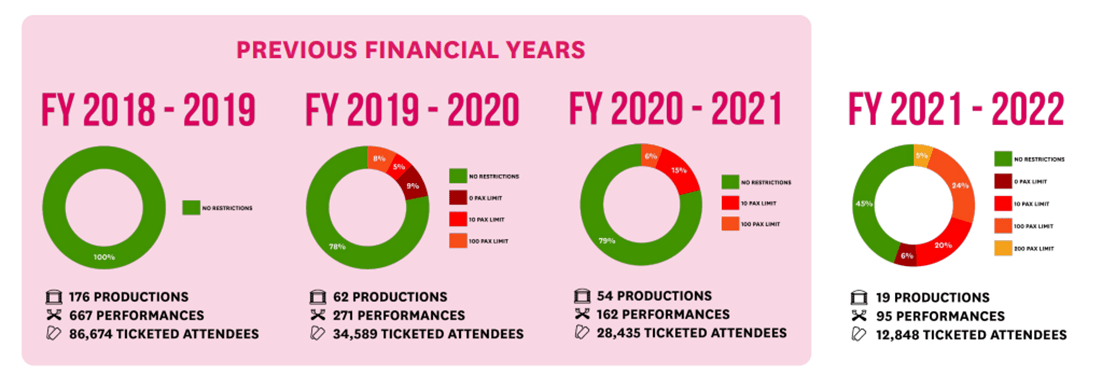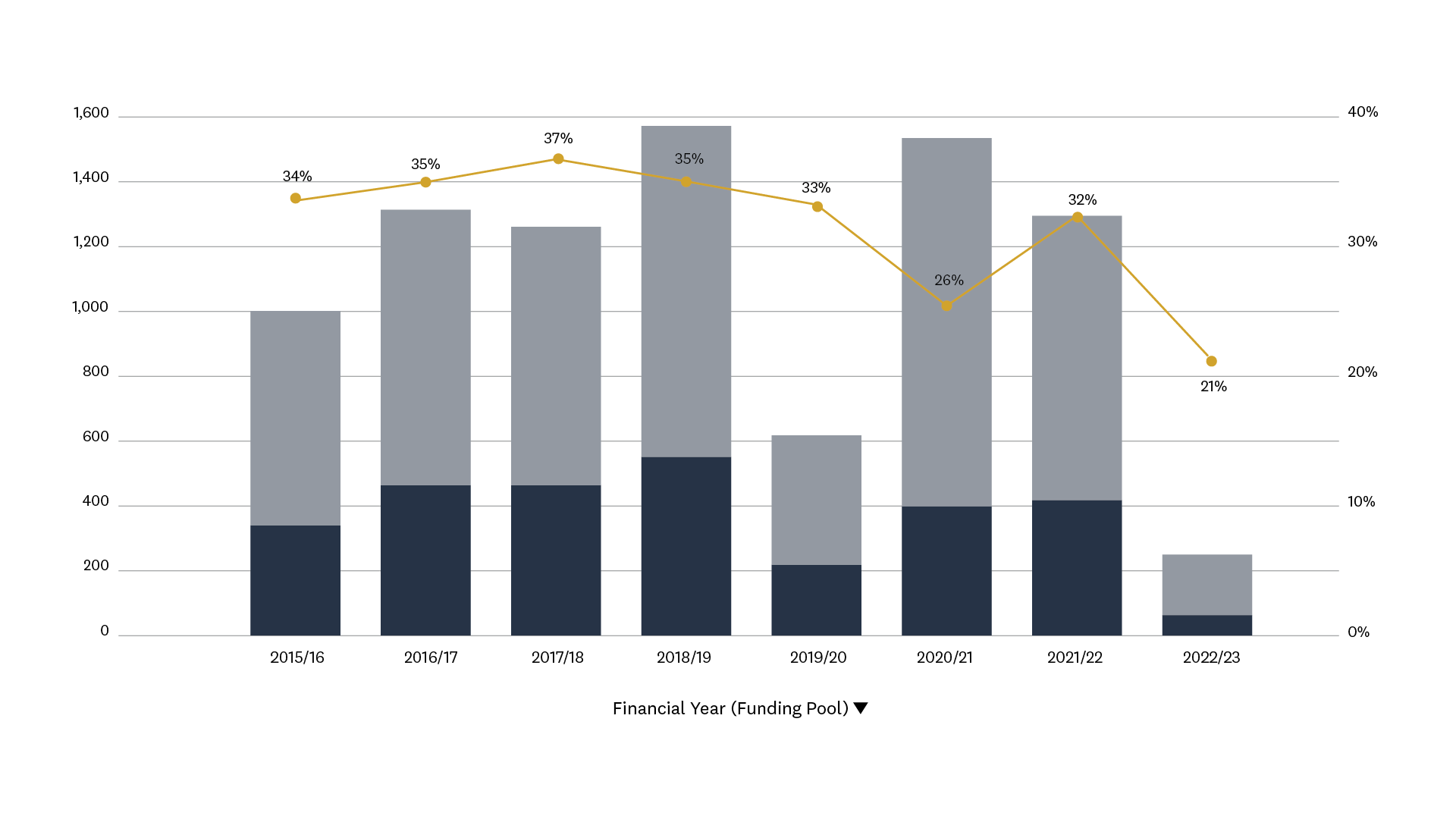09 Dec 2022

“We’ve heard your call for a different approach to arts funding and agree that it’s time to do things differently...The consequences of where we are now are awful. We’ve heard this from practitioners participating in Arts Grants who feel inadequately supported and it’s also awful for our people who are increasingly the messengers of bad news...we’ll be coming to you in March to seek your input on co-designing a better approach to funding for 2023/24. We’ll have more detail about this in early 2023 (February).”
E Tū-rau-ngā-tao e, me pēwhea tāua e whiti ai? Tēnā anō kei ōna rōrātanga.
O Tū-rau-ngā-tao, how can we cross the river? At the place of its weakness (ie, where it is narrow and not deep).
Difficult obstacles can be surmounted if one perseveres, and all avenues are explored.
I’m hearing a range of responses to the question of the arts, culture and creative community’s mood as we approach what retailers call ‘the festive season’. Perhaps the consensus view is a combination of relief that the Gregorian year will soon end, and levels of apprehension about the ‘to do list’ that requires attention before Christmas.
Welcomingly, and notwithstanding, the many totally valid reasons that might exist for gloom (like inflation, a new COVID surge, endless talk of impending recession, and so forth), I’m sure I’m not alone in appreciating those who are working hard to put smiles on our dials. Thank you for ‘SLEIGH!’, Basement Theatre. What a blast (though not a wintry one) and a welcome dose of improvised fun with the quirky shop workers and customers at the Worstfield Mall.
This isn’t to distract from the reality that 2022 has been a long and hard year, as was 2021 and indeed 2020 before it. Statisticians would point to a trend here. The media’s interest in COVID-19 seems to be waning and public behaviours of ‘normalcy’ would suggest that things are close to, well, normal.
For many parts of the arts, though, we’re by no means ‘post-COVID’ or close to returning to a pre-COVID normal. In fact, many in the arts consider that aspiration as a highly naïve one. You can understand this perspective by hearing directly from those ‘out there doing it.’
Voices from the arts community
Because a chart paints many words, I have, with the kind permission of Greg Innes, copied this diagram from the Q Theatre Annual Report for the year ending 30 June. In a nutshell, it simply says: less activity, less work, less public value. This points to the fact that it’s a long, long road back to what we had in 2018/19.
At a human level, the reality might be: less activity, less work, less ability for practitioners to practice their craft and earn a living, and a consequential increase in need and demand for public support – a need that was explicitly acknowledged and recognised when there was an official ‘COVID emergency’.
We’re now in December, and looking just over the horizon to 2023, it’s already clear that the current circumstances remain extremely challenging.
I applaud the front-footing honesty from Sophie Roberts of Silo Theatre whose very recent pānui is titled ‘2023 = CANCELLED’, and I’d encourage you to have a read of the whole pānui.
I also applaud the courage of Silo in determining a different course when the status quo is not tenable. Sophie captures the zeitgeist as follows:
The show-must-go-on mentality of our industry is hard to shake and has created some cognitive dissonance for many of us these last few years as we’ve tried to navigate between a desire to hold on to what feels familiar and the knowledge that things have changed forever and we must change alongside them.
The impacts of the pandemic on our sector are serious and long lasting....
Thank you for agreeing to share your whakaaro, Sophie. It’s important for leaders in the arts community to understand that the long, hard road – with revenue coming in low, costs coming in high, and audiences not turning up like they used to – is mostly a systemic issue.
In the grief cycle, ‘acceptance is pivotal’ and Sophie’s wero that “things have changed forever and we must change alongside them” is one that deserves our absolute attention.
The growing tide of demand
In our own patch, demand for our most responsive and short-term levers for supporting practitioners continues to grow. The chart below shows the trend for Arts Grants (including the former Quick Response Grants but excluding COVID-19 programmes, Emergency Relief Grants and Arts Continuity Grants) over time, including the first round in the 2022/23 financial year.
Number of projects approved and declined
This shows the difficult picture for us: after a period of some growth, we’re having to say ‘yes’ to fewer applications and the success rate in the first Arts Grants round of the current financial year was just 1 in 5.
In an earlier blog I talked about how our ability to support the sector was reducing.
What this ‘full year’ information doesn’t show is that the trend of unmet demand is not reverting to an earlier norm; it’s in fact increasing.
The latest Arts Grants round (round 2), results of which we’re notifying the afternoon of Friday 9 December, is a perfect example of that increased demand. The October round reached the 250-application limit in just under 5 days – the shortest period ever a round has been open. The ask of $10.6 million was also the highest we’ve ever received.
As my colleague Gretchen La Roche said, “We’re pleased to be able to support some brilliant and dynamic artists and arts organisations in this latest Arts Grants round, but the reality is, there are many more who will miss out come Friday’s notifications.”
Co-designing a better funding future with the arts sector
We understand the disappointment in the arts funding system. We know that the environment the arts community is now operating in has changed significantly and that our current funding programmes have become a source of disappointment and frustration for many of you. We’ve heard your call for a different approach to arts funding and agree that it’s time to do things differently.
The consequences of where we are now are awful. We’ve heard this from practitioners participating in Arts Grants who feel inadequately supported, and it’s also awful for our people who are increasingly the messengers of bad news. Historically, when we were able to support a higher proportion of funding proposals – between 1 in 3 and 1 in 4, versus 1 in 5 in the latest round – the system was ‘alright’.
It’s not ‘alright’ now, and we’ll be coming to you in March to seek your input on co-designing a better approach to funding for 2023/24. We’ll have more detail about this in early 2023 (February).
A key part of this work will be looking to transform our relationship with the arts sector, not just redesigning our programmes. It’s important to us to co-design the ‘future island’ with those who will be living on it. We’re keen to work with you to design a better approach, one that places a greater emphasis on people and less on process.
The Arts Council has today (Thursday 8 December) approved the direction of travel, so this is what I can share in the meantime:
- In February 2023 we plan to come out to the arts community with more details around what this process is going to look like.
- In March 2023 we intend to start the first phase of collaborative design by talking with the sector across the country – both in person and online.
- The second phase will be about testing the design ideas/approaches that have come through the first phase with the sector.
- The third phase will be about designing and prototyping. We’ll summarise feedback and progress to date and share this with you.
Again, we’ll come back to the arts sector in February with more details around this plan so the community will know what to expect and how to engage. Our Senior Manager Arts Development Services, Gretchen La Roche, is ably leading this mahi.
We continue to be in dialogue with Manatū Taonga Ministry for Culture and Heritage about public funding for the arts. We also know that the Minister of Finance has signalled that money is tight and it would be tone-deaf to ignore the messaging that we have received about this.
Regardless, we’ll start this journey with the sector early next year to find a better way forward with our arts funding.
Kia pai ngā manaakitanga a Hine Raumati ki runga i a koe me tō whānau
On behalf of the Arts Council and all our people I extend our aroha and manaaki.
The holiday season provides that rare window when we spend time with our nearest and dearest, ideally with fine weather and those amazingly long evenings (unless you are in the audience of ‘SLEIGH!’ or getting Christmas film action from the northern hemisphere where it is much snowier). We also think about the empty chairs of absent friends, family and colleagues.
E ngā mate kei runga i a koutou – I want to take a moment to acknowledge all those from our wider Arts Council whānau who’ve left us this year. This includes Graeme Gorton, the Director of the Southern Regional Arts Council (from the QEII Arts Council days) who passed very recently; Marina Sciascia, a staff and Te Waka Toi colleague and friend whose family are strong arts champions; and our beloved Tōtara Muriwai Ihakara whose tangihanga was in January 2022.






